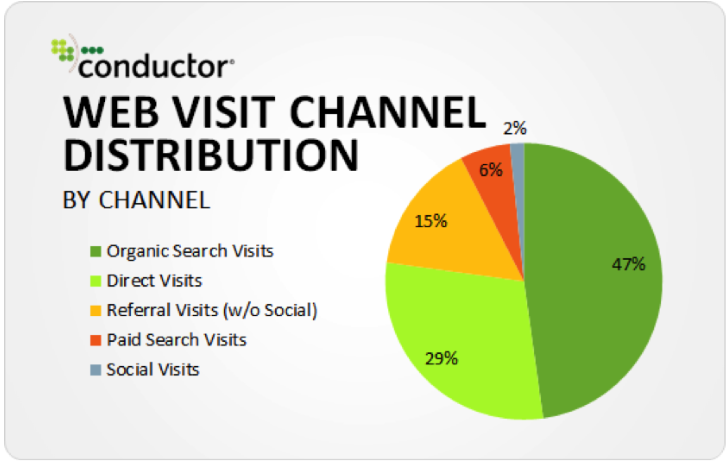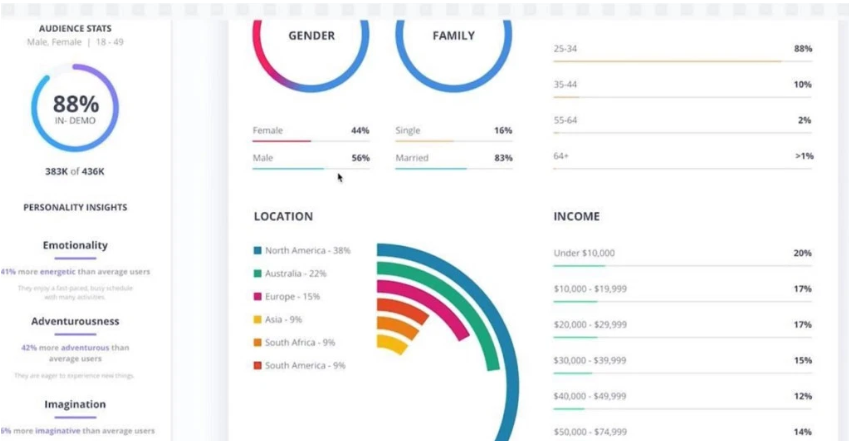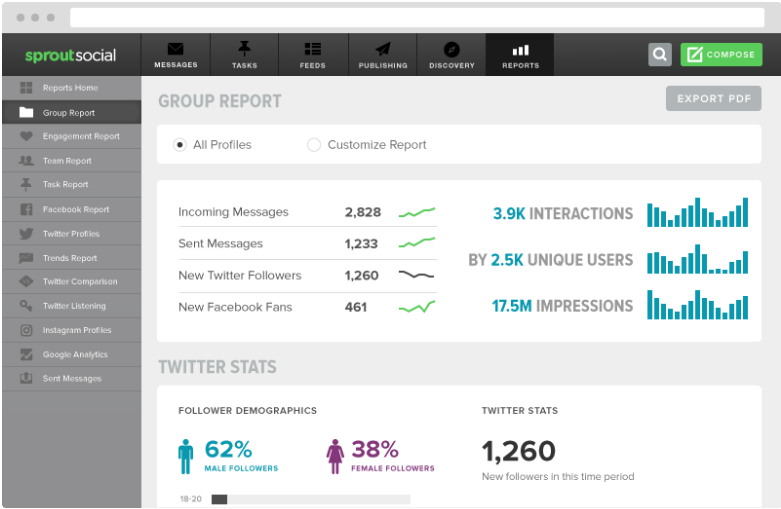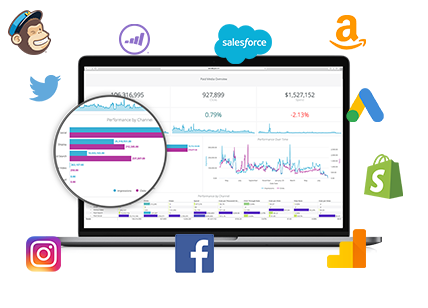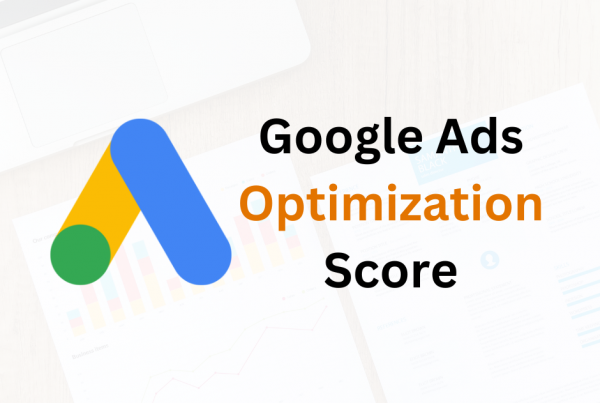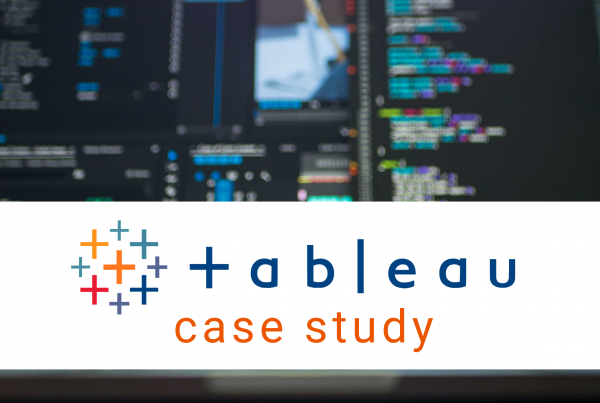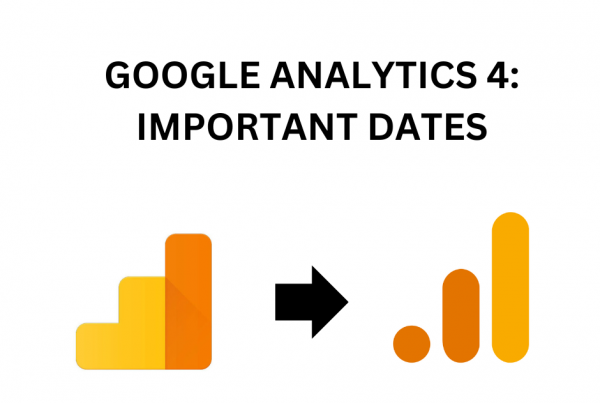It’s officially the end of marketing, says Marie-Gulin Merle, the CMO of Calvin Klein and Chief Digital Officer of PVH.
How come? Well, marketing is becoming more and more “MarTech”, or marketing technology. Before, digital marketing and traditional marketing were considered separate. Now, there’s been a mindset shift where involving advanced technology and analytics is considered the norm. What is this shift – and how does it change marketing going forward? Read more to find out!
She says that technology in marketing is mostly used for Level 1 and Level 2 analysis. Level 1 is primarily automating repetitive tasks that take up much of a marketer’s valuable time. This is especially relevant in money-driven marketing fields like social media advertising and paid search where analyzing nitty-gritty campaign details is part of the job.
Level 2 analysis is where data analysis comes in, or where marketers can use technology to identify patterns and see what works and doesn’t work. This can be done using rudimentary tools all the way up to programming languages such as Python.
Marketing technology today also deals with databases, front-end languages and APIs. Let’s look at how all these advanced tools are shaking up each category of marketing. We’re going to talk about the most popular digital marketing categories – email marketing, Paid Search/SEO, Social Media Marketing/Advertising and CRMs.
Email Marketing:
Email Marketing was not a job maybe 10 years ago. Currently, being an expert on Marketo, Hubspot, and other marketing automation software is a must. Marketing automation software deals with databases, which is actually considered a part of Information Technology. Databases are a way to store any type of information- in this case, customer emails after they subscribe. In its purest form, this task would be of a Database Administrator, someone who uses SQL and knows about different databases.
This database needs to be continually updated and scrubbed which is the job of the email marketer, as well as to focus on creating new targeted email campaigns in HTML, CSS, & Javascript. In its purest form, this task would be of a Front-End Developer who deals with making web interfaces as a full-time job.
Paid Search/SEO:
In this case, when we talk about Paid Search, we’re talking about Google Adwords & Bing Ads. These are powerful platforms for getting viewers’ eyeballs on your ads. Paid Search used to be only contained in those two platforms- most marketers would not go beyond using the Adwords & Bing platform to look at analytics. Maybe Excel would be used for keyword research but nothing more advanced beyond that.
It’s inspiring to see what marketers are coming up with now. Today, marketers want more flexibility in moving their data. They want to move their data from wherever it is to whichever tools they want to use the data in- including Google Sheets & Google Data Studio by using data warehouses.
Instead of relying on Google’s analytics tools, they prefer to do their own analysis. The top search engine marketers download their raw data using the Google Ads API, and use Python scripts to analyze the data directly. An API (Application Programming Interface) is a way for developers to get ready-made information they want from a web service without doing too much programming themselves.
Similar to Paid Search, SEO strategists also use this way- in fact, it’s almost necessary for them to data mine since organic search is responsible for ⅔ of web traffic . Google SEO tools, including Search Console are still archaic and can’t provide an in depth analysis of the SERP. SEO strategists would use the Google Analytics APi instead to pull their data from Google.
What’s awesome is that by adopting these advanced techniques, marketers are actually becoming more of data scientists and analysts than just the people who make campaigns yet they still understand marketing deeply.
Social Media Marketing/Advertising:
Ironically, social media is thought of primarily as a creative field with the emphasis on communication and other soft skills. It’s actually one of the digital marketing fields with most emphasis on analysis and constant optimization.
In terms of social media marketing, brands have hopped on the influencer bandwagon and regularly pay popular Instagrammers to showcase products to their large audience. However, most marketers admit that their missteps occur when it comes to targeting the right candidate and audience for the job. This is where startups like Influential come in- they’re using IBM’s Watson AI platform to match brand to influencer. This is a completely new category called Social Intelligence and with over 12 million raised in venture capital, it’s clear this is where the future is headed. Below is an example of their dashboard.
Social Media Advertising is no less advanced. It’s important to remember that social media platforms get their money from advertising, so of course companies are going to be diligent when there’s thousands of dollars on the line.
There’s already players like Sprout Social on the social media advertising scene, that combine social media platforms and give an overview of what’s happening in terms of interactions, unique users, and impressions.
However, marketers are limited to what those social analysis platforms provide. Let’s say a marketer wanted to see which common clusters were prevalent across all social media platforms by specific keywords viewers used. This specific problem wouldn’t have a solution in Sprout Social – programming languages like Python would be more appropriate.
CRM:
In Customer Relationship Management systems, advanced technology such as artificial intelligence is already becoming a reality.
For example, Salesforce recently came out with Salesforce Einstein, an artificial intelligence platform that’s built right into Salesforce. This technology will enable Salesforce users to find unique ways to do marketing. One example they showed is to anticipate customer actions based on their behaviors in terms of all CRM metrics: churn risk, likelihood to convert, delayed payments and lifetime value.
What Can We Do With This Information?
It’s obvious that marketers today are bombarded with data in every marketing category they work in. At the end of the day, the one main goal the marketer has is to see through insights and analysis whether their campaigns are helping or hurting the bottom line.
By this time it’s clear that although in each category there are trends to drive deeper insights, there’s still a huge void for vertical analysis, or how these categories relate to each other. These are called combinatorial trends, or how all of the individual technology trends in each marketing category can come together to create something even more cutting-edge.
This can be done by taking all data (Email, SEO/SEM, Social Media) and putting it together to gain rich nuggets of information that wouldn’t be possible with any one of those categories alone.
A popular stack to combine is the advertising/web analytics stack which involves the Google Analytics & Adwords APIs. It would then be possible to answer high level questions such as how the start of paid search campaigns affects web traffic. Combined with eCommerce marketers could even see which campaigns affects sales the most, down to the dollar amounts by blending eCommerce tracking in Google Analytics & Paid Search data.
Another popular stack to combine is Salesforce and Google Analytics. By blending these sources, marketers can see how web traffic correlates with different customer cohorts and answer questions about customer lifetime value.
Thinking About The Future…
It’s unrealistic to expect the average marketer to be competent in all of the above. It’s simply not feasible and perhaps overwhelming to realize this is the way the world’s going. Reskilling marketers takes time and they’re already starting to take on extended roles that are becoming natural parts of their job.
At the end of the day, it is possible to learn all of these advanced skills and take marketing to the next level. However, just because a more advanced tool is used doesn’t mean that the goal is always completed. The goal of a marketer shouldn’t be to use as many advanced tools as possible for their own sake and to appear like they’re “keeping up with the times”. These tools are a means to an end.
Tools should provide actual value and help marketers do marketing better– meaning being able to target more customized audiences, recognizing buyer intent and understanding consumer behavior such as micro-moments.
A better way would be to understand how these advanced tools are being used in the industry but reserve the most energy for focusing on marketing campaigns and understanding audiences since being a good marketer is irreplaceable by technology.
Instead of starting to learn Python from scratch or learning data visualization tools, a good option is to outsource those nitty-gritty details so you can focus on the big level picture of your job.
If you need a company to help you understand how better you can use the data you have, give PenPath a call. We’ll be more than happy to analyze which systems you currently work with and how we can use our data tools to drive deeper insights for your company. Schedule a free marketing analytics consultation right now to see improvements you can make!

